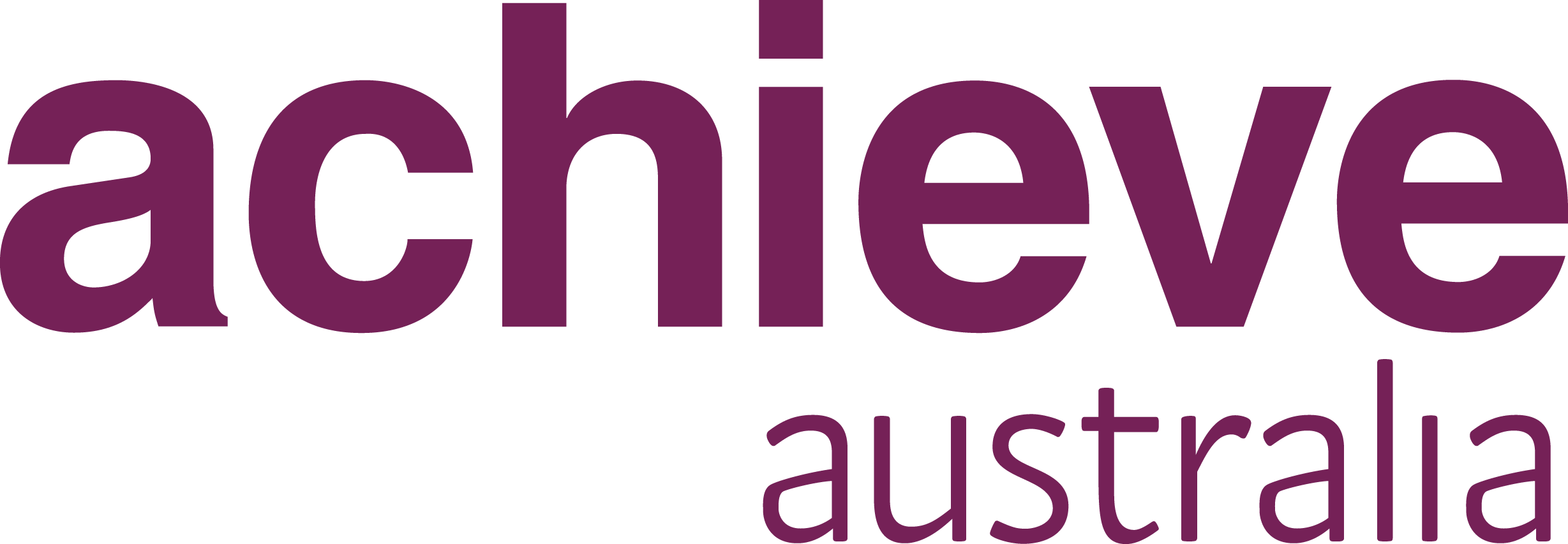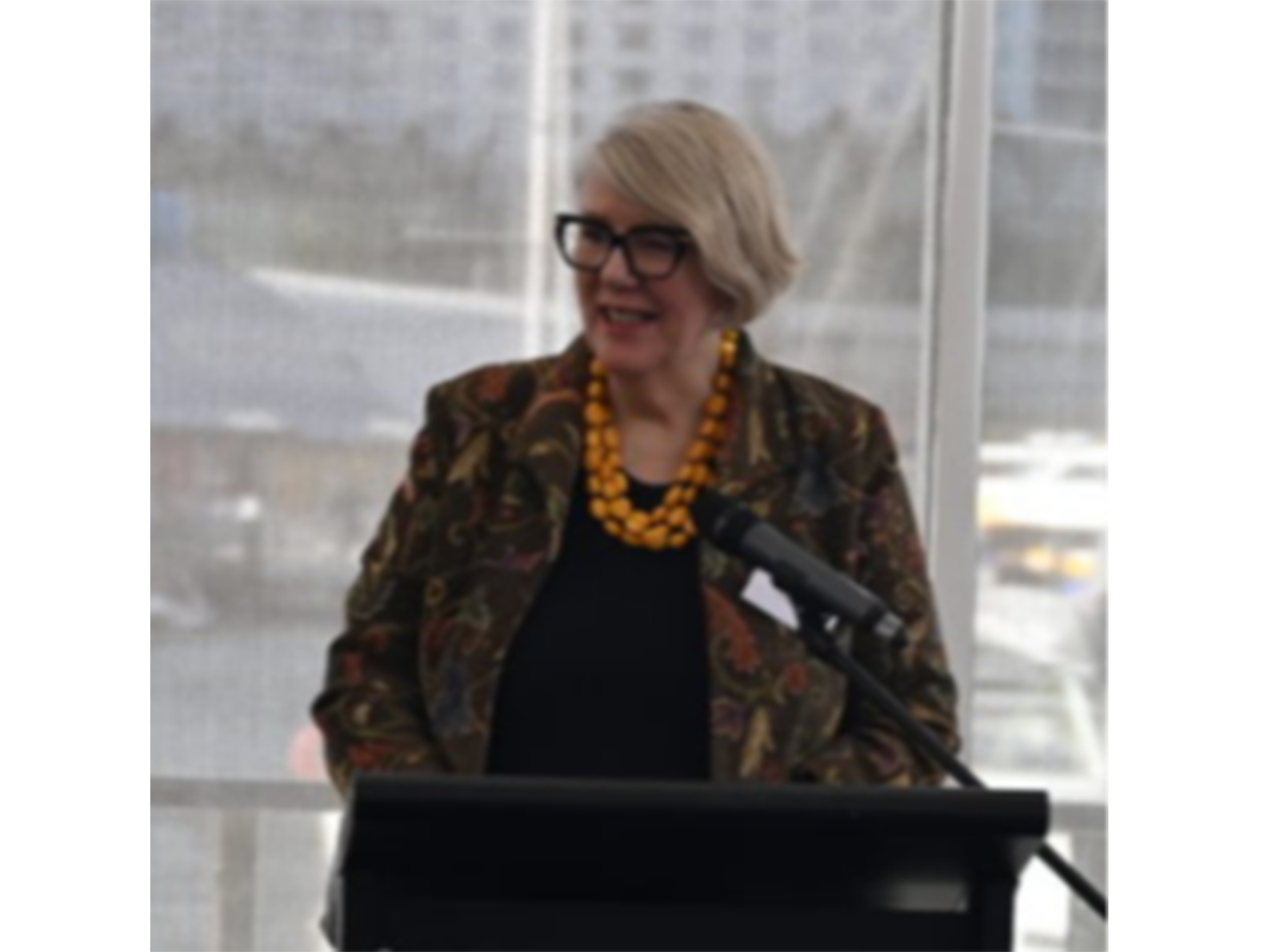June 7, 2023
A new video series has been released to help the public understand the social model of disability from a range of perspectives and cultural backgrounds.
The series, developed by the Cultural Perspectives Group and the Diversity and Disability Alliance, was launched by Achieve Australia CEO Jo-Anne Hewitt at an event on 7 June at the Australian National Maritime Museum in Darling Harbour. The event also featured a panel discussion with the stars of the 5 videos.
“The Social Model of Disability video series will be a vital resource for people with disability, their families, the services that support them and indeed to the wider community,” Jo-Anne told the audience.
“I congratulate everyone involved in this project, and in particular all of the video participants for this accessible, informative and indeed transformative resource,” she said.
In the videos, each person speaks about their experience living with disability in general and as part of their specific cultural community and why the social model of disability is important to them. View the videos on the Multilingual Information Access (MIA) website.
The series features:
Jonathan and his mother Elena who share their experiences of Jonathan living with autism spectrum disorder. Subtitles are available in Cantonese, Mandarin and English. A transcript is also available in Hindi.
Youssif discusses his experiences living with cerebral palsy. Subtitles are available in Arabic.
Myrob shares her experience living with a spinal cord injury. Subtitles and an audio track are available in Dinka and in English.
Yasamen discusses her experience living with cerebral palsy. Subtitles are available in Turkish and English.
Nidhi shares her experiences living with vision impairment and mild physical disability. Subtitles are available in Hindi and English.
There are 2 main models of disability – the social model and the medical model. The social model views the barriers to inclusion as limiting community attitudes and a lack of access to places and services. The medical model views a person’s disability as the barrier to their social inclusion.
Jo-Anne told the audience that Achieve Australia holds central to its passion and purpose the social inclusion of people with disability.
“We know that Inclusion is the experience of belonging and that people with disability can lead meaningful, productive and included lives when their strengths, interests and ambitions are recognised and supported,” Jo-Anne told the audience.
“A good life means different things to different people, but we all share common needs and aspirations for good health, a home, family and relationships, and for meaning in our work our education and our spiritual and cultural lives,” she said.
“The social model of disability recognises that disability is not just about an individual's physical or mental impairment but is shaped by the barriers and discrimination present in society."
“By embracing the social model of disability, we shift our focus from ‘fixing’ people to fixing the things that hinder their full inclusion. Indeed, true equality and inclusivity can only be achieved by removing the physical, attitudinal, and institutional barriers that prevent people with disabilities from participating fully in society.
“A good life means different things to different people, but we all share common needs and aspirations for good health, a home, family and relationships, and for meaning in our work our education and our spiritual and cultural lives,” Jo-Anne said.
Explore more topics
- Accessibility
- inclusion
- disability
- Achieve Australia
- belonging
- The Sewing Basket
- Employment
- disability employment
- Accessible
- Community
- NDIS
- 2022
- Advocacy
- Meet our Achievers
- My Life My Say
- blog
- people with disability
- travel
- women with disability
- Art
- Australia
- COVID-19
- Celebrating people we support
- Disability services
- Good nutrition
- Health tips
- Mental wellbeing
- NDS
- Sharing milestones
- Sydney
- achievable
- assistance dogs
- depression
- disability communications
- disability inclusion
- election
- employee of the year
- intellectual disability
- motherhood
- pregnancy
- social inclusion
- support workers

